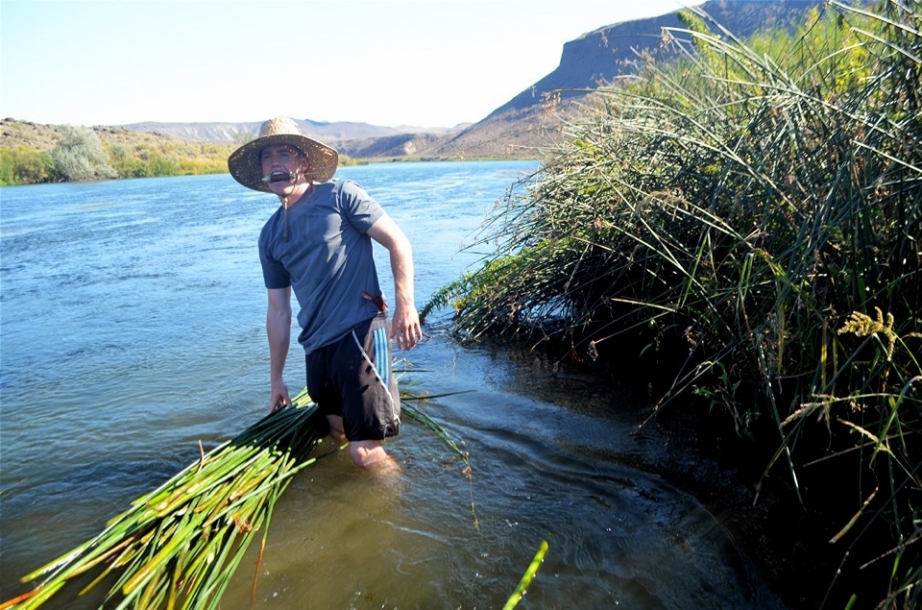Twelve months, a dozen countries and a nearly lost art learned in each. It was a dream come true for Cincinnati-native Will Meadows, 23. In fall 2012, Meadows embarked on a yearlong quest to visit indigenous canoe building masters around the world and learn their techniques.
He called his project Humanity’s Vessel. “Canoes are found across the world. They lie at the intersection of human creativity and place,” he says. “They are vessels for exploration, artistic expression and sustenance.”
Meadows set out to immerse himself in canoe-building communities around the world, visiting countries as far-flung from each other as Tanzania, Vietnam, New Zealand, Peru and Norway. This wasn’t a textbook-based program—Meadows got his hands dirty, helping to harvest the materials and build the boats in many communities where canoes still represent an important aspect of daily life, rather than a recreational activity.
“I went into this wanting calloused hands,” he says. “I didn’t want to spend my time documenting, I wanted to build and to learn.”
He traveled to more than a dozen countries and studied with masters of the art in each. The first six months were spent in Africa, the Polynesians and South America.
Many of those communities were impossible to reach via telephone or email prior to his arrival. “Mostly, I just showed up. On the beach, on the river or in the jungle,” says Meadows. “Yes, it was crazy sometimes, but persistence paid off. I might be a white stranger and speak none of the local language, but we had a shared interest, a commonality—I wanted to learn from them.”
During the later half of his project he traveled to Canada, to Ontario’s Canadian Canoe Museum, which houses the largest collection of canoes from around the world. “That was different because the indigenous cultures are no longer active. At the CCM, the canoes became the masters.” From there, it was onto Norway, then Japan.
Meadows’ project is unprecedented. “There’s not anyone who has done a global study of indigenous vessels, no one had gone and built the boats and took part in that human heritage and tradition,” he says.
Traditions are a beautiful intersection of who we are and nature at it’s finest, he adds. “The materials associated with the traditions is one of the most fascinating parts—it shows resourcefulness and creativity in each community,” he says.
The Thomas J. Watson Foundation grant, awarded for independent study and travel outside of the United States to graduating college seniors, ended in August, but that’s not the end of the journey for Meadows. He’s spent the fall in a role reversal—now he’s the master, teaching school children how to make reed canoes in Idaho.
His next adventure begins in December. Awarded with a National Geographic Young Explorers grant, he’ll head to Tierra del Fuego to build a traditional bark canoe. It will be a different experience for Meadows because the indigenous masters of this art have been dead for some 40 generations. “By building this canoe I hope to tell the story of the indigenous people who used to live in the area. But in a broader sense, that story is also what mastership means where there are no masters left.”
Follow the journey at www.humanitysvessel.com.
This article first appeared in the December 2013 issue of Paddling Magazine.




